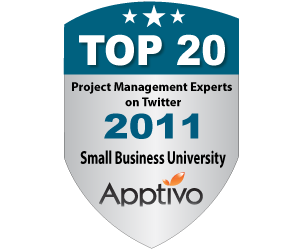Space is limited.
Reserve your Webinar seat now at:
https://www1.gotomeeting.com/register/810361744 Please mention code: G1M2120W1BLOG
Traditional approaches of requirements seem to contradict how agile teams might approach requirements. Misconceptions abound about how agile projects develop requirements and whether they even do analysis. In practice, agile projects use requirements as the basis for planning, development and delivering business value.
In this Webinar, requirements expert and agile coach Ellen Gottesdiener will describe how agile and requirements combine to form a sound and sensible union. You will learn how business analysis and requirements practices really work on agile projects; ways agile teams represent, verify and validate requirements; and how effective agile teams collaborate around requirements. Join us to learn how agile requirements provide the engine that drives successful delivery of business value.
What you will learn:
•Understand the agile method of developing requirements
•Describe business analysis and requirements practices that change on agile projects
•Understand agile adaptations to “traditional” requirements practices
•Appreciate the value of requirements analysis on agile projects
•Enumerate the ways requirements form the basis for planning on agile projects
Speaker:
Ellen Gottesdiener, Principal Consultant and Founder of EBG Consulting, is an internationally recognized trainer, facilitator, speaker, and expert on collaborative requirements development. Ellen’s company provides high-value training, facilitation, and consulting services to agile and traditional teams. An agile coach and trainer with a passion for agile requirements, Ellen works with large, complex products and helps teams elicit just enough requirements to achieve iteration and product goals.
Ellen’s book Requirements by Collaboration: Workshops for Defining Needs describes how to use multiple models to elicit requirements in collaborative workshops. Her second book, The Software Requirements Memory Jogger, is the “go-to” industry guide for requirements good practices.
Title: Agile Requirements (Not an Oxymoron)
Date: Thursday, April 30, 2009
Time: 2:00 PM - 3:00 PM EDT
After registering you will receive a confirmation email containing information about joining the Webinar.








